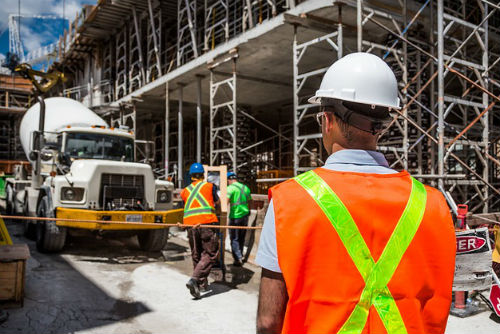
Take a “Stand Down” to prevent workplace injury in Ohio.
Falls don’t need to be from great heights to have serious consequences; even short falls from elevation can cause serious injuries. However, proper training and awareness can help prevent injuries and fatal accidents.
Each year, the Occupational Safety and Health Administration (OSHA) looks to raise fall hazard awareness across the country with its National Fall Prevention Stand-Down. This year’s stand-down is happening May 8-12.
At this point, you might be wondering, “What exactly is a stand-down?” A safety stand-down is a voluntary event for employers to speak directly to their workers about workplace safety. Companies can conduct a stand-down event in several ways, including:
- Short toolbox talks
- Distributing handouts
- Screening safety videos
- Training and demonstrations
- Meetings and presentations
- Equipment inspections/audits
We strongly urge Ohio employers – especially those in the construction industry – to have a stand-down to discuss fall hazards and fall protection sometime between May 8 and May 12.
BWC can help you plan your stand-down activity. Call 800.644.6292 for assistance. The BWC Library also offers an extensive collection of audiovisual materials related to fall hazards and fall prevention.
* Bureau of Labor Statistics



